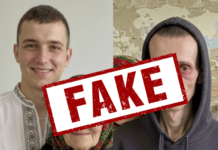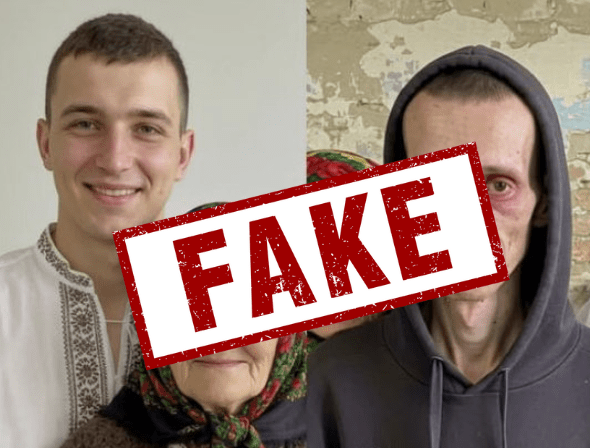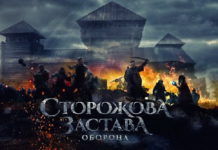Digital fakes travel faster than facts. In wartime, a single artificial image—posed as a “front‑line snapshot”—can sway emotions, spark panic, or justify aggression. Ukrainian journalist Volodymyr Tretyak published a practical thread explaining how anyone, even without special software, can tell an AI picture from a real one. Below is a full, expanded English version of his advice, enriched with examples so you never have to hunt for extra explanations elsewhere.
1. Hands and Fingers: The Classic AI Giveaway
| What to check | Why it matters | Real‑world example |
|---|---|---|
| Finger count | AI models still struggle with human anatomy | A “soldier” appears to clutch a rifle with six fingers. |
| Finger shape | Joints may bend unnaturally or merge together | A thumb grows directly from the palm, with no clear knuckle. |
| Nails & skin folds | Textures can blur into plastic‑looking lumps | Nail beds look painted on, without cuticles or wrinkles. |
Tip: Zoom in 200–300 %. If the hand reminds you of a melted wax figure, it’s probably synthetic.


2. Eyes, Pupils, and Gaze Alignment
AI engines often render eyes that look right—until you stare back. Watch for:
-
Split focus: One pupil points inward, the other outward.
-
Iris asymmetry: One eye is slightly bigger or brighter.

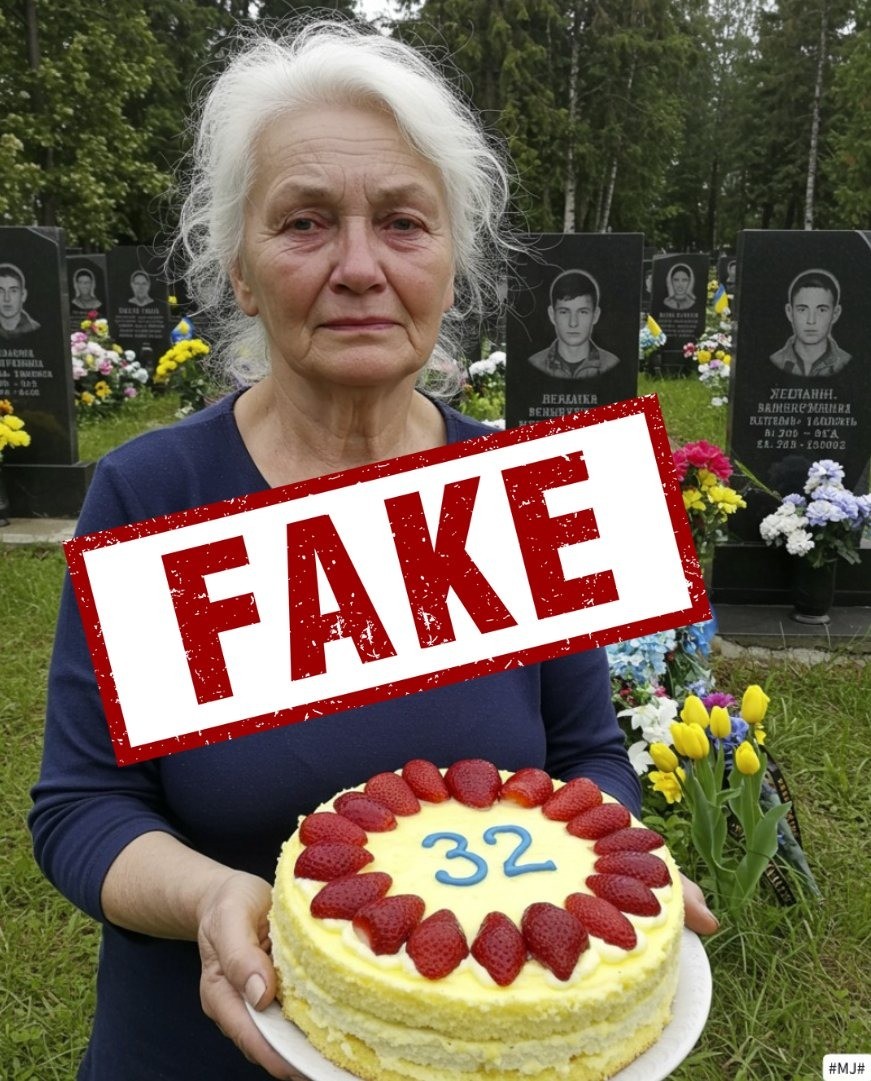
-
“Dead” reflections: Real eyes reflect light sources (windows, lamps); AI reflections can be random white blobs.
Example: A charismatic “commander” stares ahead, but enlarge the shot and you’ll see one iris edges into the eyelid while the other floats too low.
3. Shadows, Reflections, and Physics
Light follows rules; AI sometimes forgets them.
-
Shadow direction: If sunlight hits from the left, all shadows must fall right. Two different shadow angles = fake.
-
Shadow sharpness: Midday shadows are crisp; overcast shadows are soft. A mix signals trouble.
-
Reflections: A helmet’s glossy surface should mirror the environment. If it shows trees when the scene is indoors, beware.
-
Lens flares & bokeh: Too‑perfect flares (identical circles) can betray neural rendering.




4. Textures, Background Repeats, and “Sticker Errors”
AI loves to copy‑paste patterns:
-
Repeating bricks or trees: Clone‑like leaves or perfectly identical cracks on a wall.
-
Blurred insignia: Military patches or name tags dissolve into nonsense text (“Ukr4in3F0rc3”).
-
Floating elements: A rifle sling appears to sink into the chest instead of draping over it.

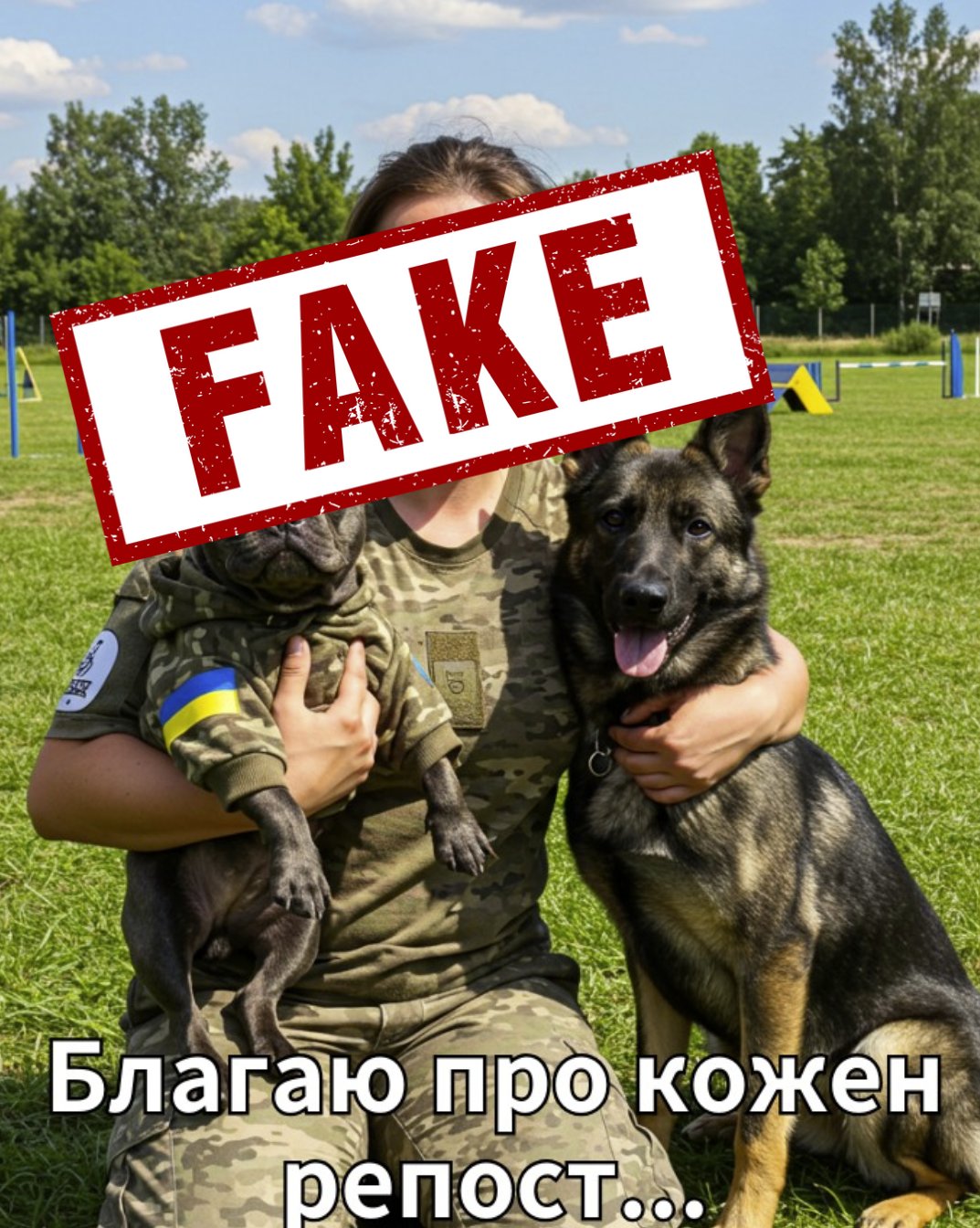
Why it happens: Text and small, complicated patterns (camouflage, embroidery) are still thorny for image generators.
5. Skin, Fabric, and Surface Imperfections
Real life has pores, lint, and dust.
| Real Surface | AI Surface |
|---|---|
| Slight beard stubble, uneven texture | “Airbrushed” porcelain skin with no pores |
| Wrinkles where a sleeve bends | Perfectly smooth cloth, no crease even at elbows |
| Dust on helmet, chipped paint | Spotless equipment, glossy as a render |
Look especially at high‑contrast edges: if a shirt collar blends seamlessly into skin with no tiny fibers, it screams CGI.


6. Object Logic: Weapons, Gear, and Environment
-
Proportion errors: A sniper rifle’s barrel half the length it should be.
-
Impossible overlaps: A backpack strap clipping into an arm.
-
Background mismatch: Snowy mountains behind soldiers wearing summer uniforms.
-
Duplicated faces: In crowd scenes, the same face might appear twice with minor tweaks.
What To Do When You’re Unsure
-
Zoom deep on problem areas (hands, eyes, text). Free tools like your phone’s gallery work.



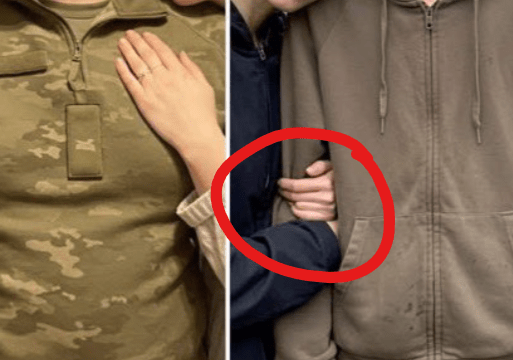
-
Reverse image search via Google Images or TinEye. If the earliest hit is mere hours old and from an unverified account, caution.

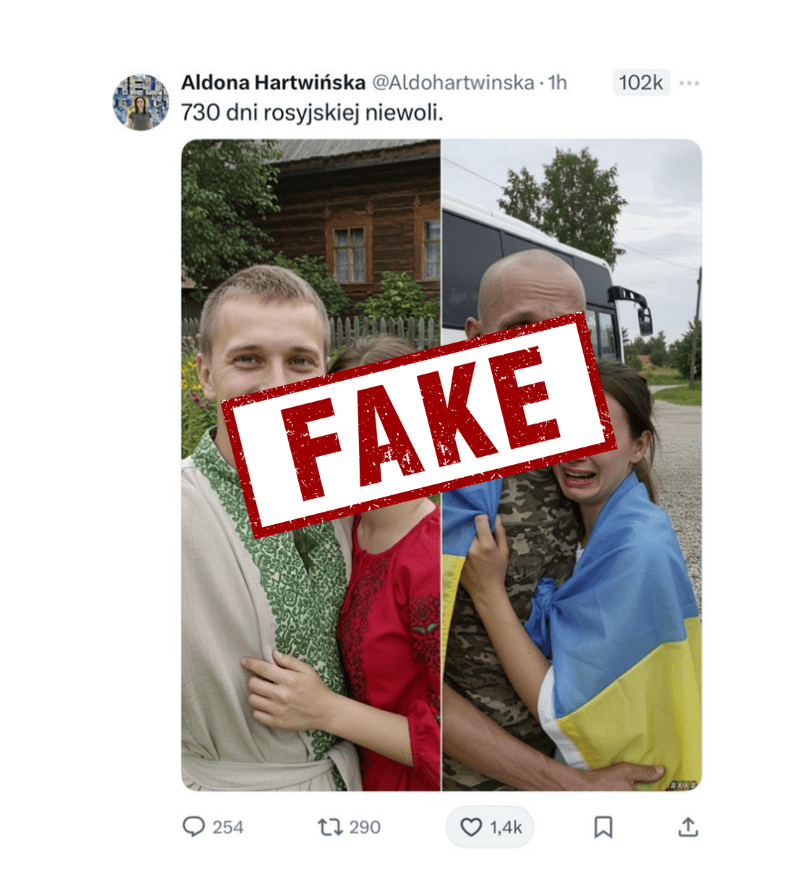

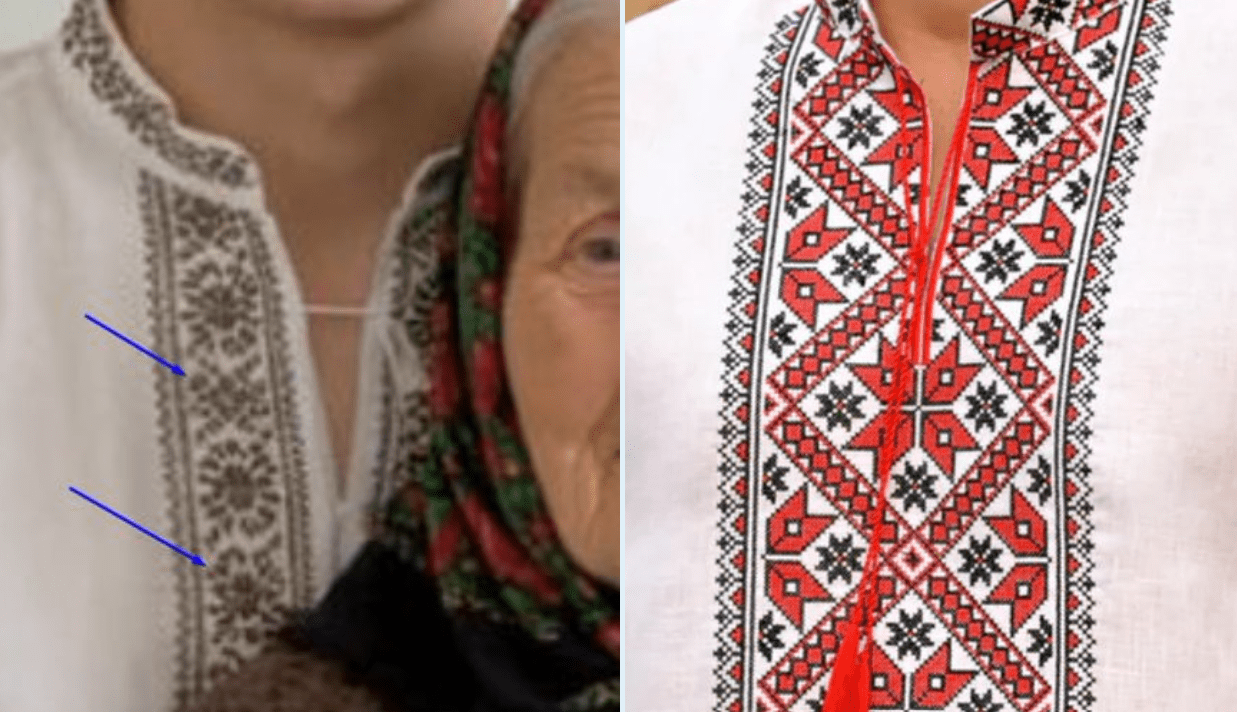
-
Compare viewpoints: Real front‑line photographers publish multiple angles. A lone “epic” shot with no context is suspect.

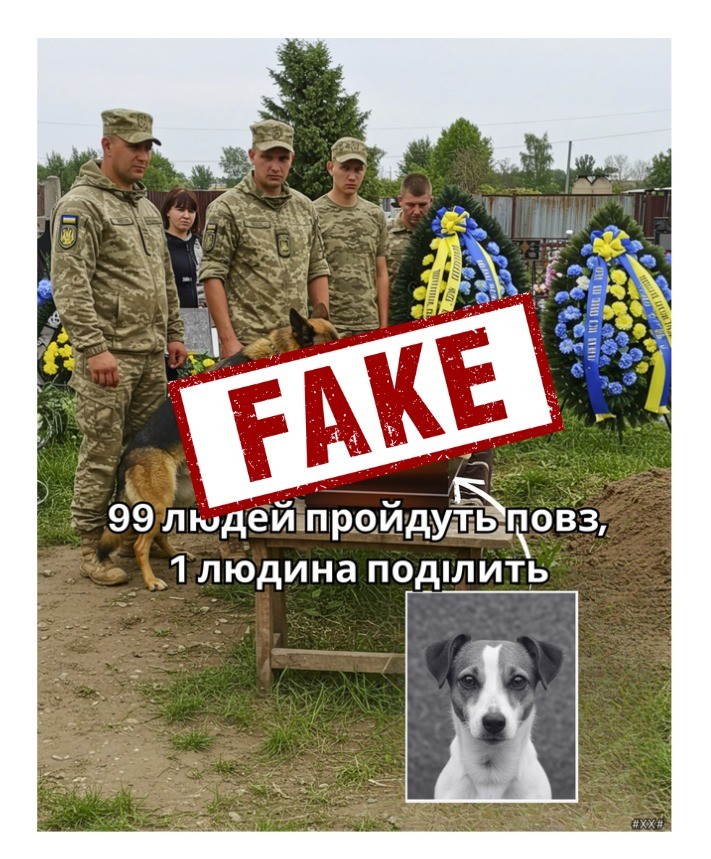
-
Check metadata (EXIF): Many AI images lack camera model, lens, or GPS data—or list nonsense values.

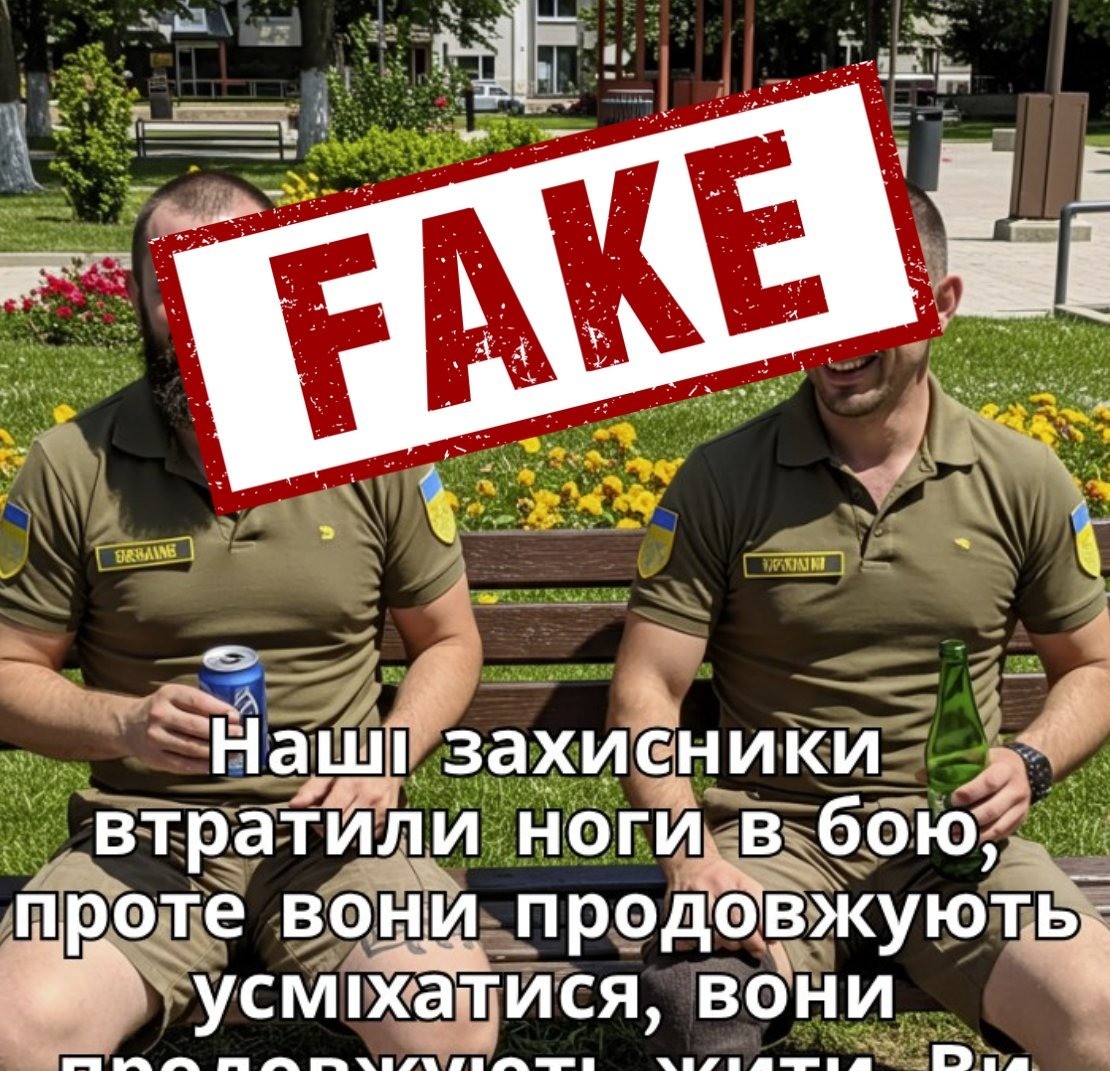
-
Cross‑reference reports: Does any reputable outlet or official channel share the scene? Silence can be a red flag.

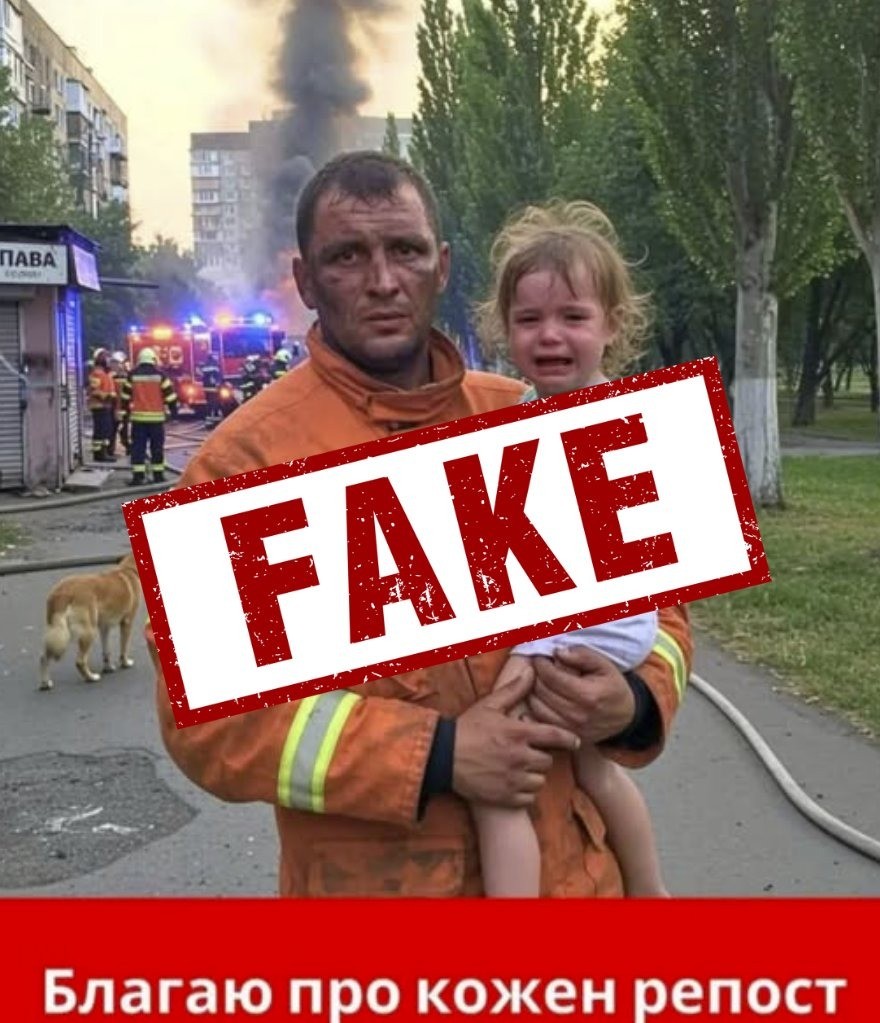
-
Trust your gut, then verify: If something feels off, step back before sharing.
Why Identifying AI Fakes Is a Civic Duty
Disinformation campaigns weaponize synthetic media to:
-
Demoralize defenders by fabricating “surrender” photos.
-
Incite panic among civilians with staged destruction.
-
Manipulate foreign audiences by showing fake atrocities or staged “celebrations.”
Every user who spots and calls out a fake weakens that weapon.
Remember Tretyak’s golden rule: “When an image looks flawless—or oddly broken—pause, inspect, confirm.”
Bottom Line
With these practical checks—fingers, eyes, physics, textures, and logic—you can expose most AI forgeries in seconds. Share this guide with friends and family: the more eyes that know what to look for, the fewer fakes will slip past. Stay curious, stay critical, and keep the information space clean.


















